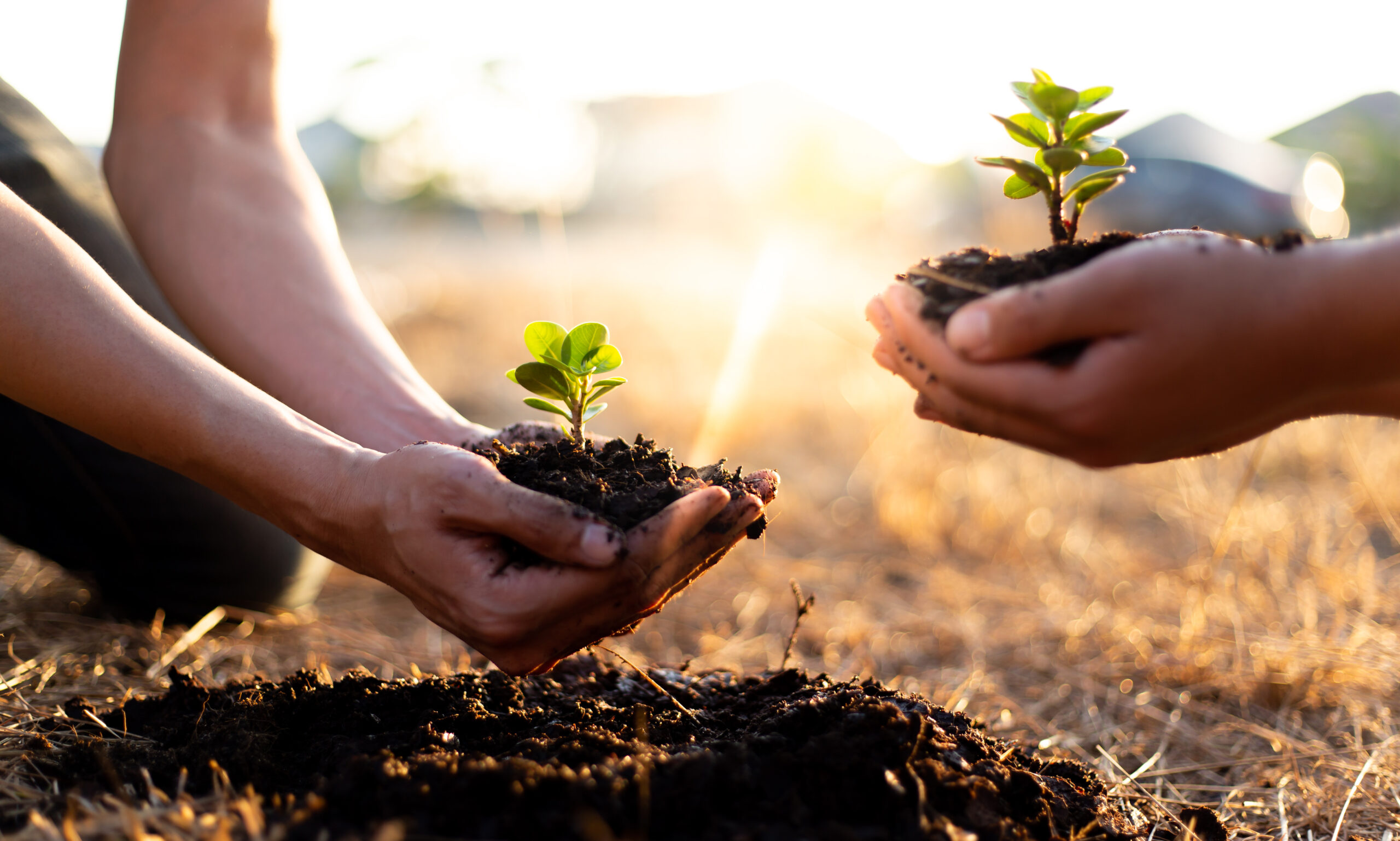From the peaks of the Andes to the vital farmlands of East Africa, the story of our planet is increasingly defined by environmental pressure. We see landscapes under strain – ancient ‘water forests’ shrinking, fertile soils degrading – reflecting a global pattern where an estimated 15 billion trees vanish each year. This isn’t merely about the loss of trees; it’s about the unraveling of ecological webs that sustain biodiversity, regulate critical water cycles, and support the resilience and livelihoods of human communities.
Addressing such complex, interconnected challenges demands more than awareness; it requires focused, informed action grounded in local needs and global impact. The potential of targeted restoration is significant – consider that a single mature tree can absorb up to 48 pounds of carbon dioxide annually while releasing enough oxygen for four people to breathe. Restoring a landscape, tree by tree, can mean rebuilding futures.
CQ fluency’s work extends beyond bridging language barriers to understanding and supporting the foundational connections that allow communities and ecosystems to thrive. As Earth Day prompts us to reflect on our shared environmental responsibility, we are directing our focus to restoration efforts. This year, that commitment takes root in two vital tree-planting projects in Argentina and Tanzania that promise lasting environmental and social benefits – regions chosen for their critical ecological importance and where our impact can create meaningful change for local communities.
Reviving Argentina’s ‘Bosques de Agua’ (Water Forests)
Argentina’s high-altitude forests, known as Bosques de Agua or Water Forests, are critical to the region’s water supply. These unique ecosystems, though once widespread, now cover only 3% of their original area. Despite their small size, these forests are natural water reservoirs, providing water to 90% of the population in Córdoba, a province in Argentina.
“These forests act like sponges, capturing moisture from clouds and slowly releasing it into the watersheds below,” explains María López, a local conservationist working with our planting partner. “Without them, the water simply runs off the mountains, causing erosion and water shortages.”
To support this vital ecosystem, CQ fluency is funding the planting of 50 native Tabaquillo trees (Polylepis australis) in these high-altitude forests. These hardy, slow-growing trees are uniquely adapted to high elevations and can withstand harsh mountain conditions, making them perfect candidates for restoration. This initiative will offset approximately 1 ton of carbon emissions, helping to mitigate the effects of climate change while restoring biodiversity and securing clean water for generations to come.
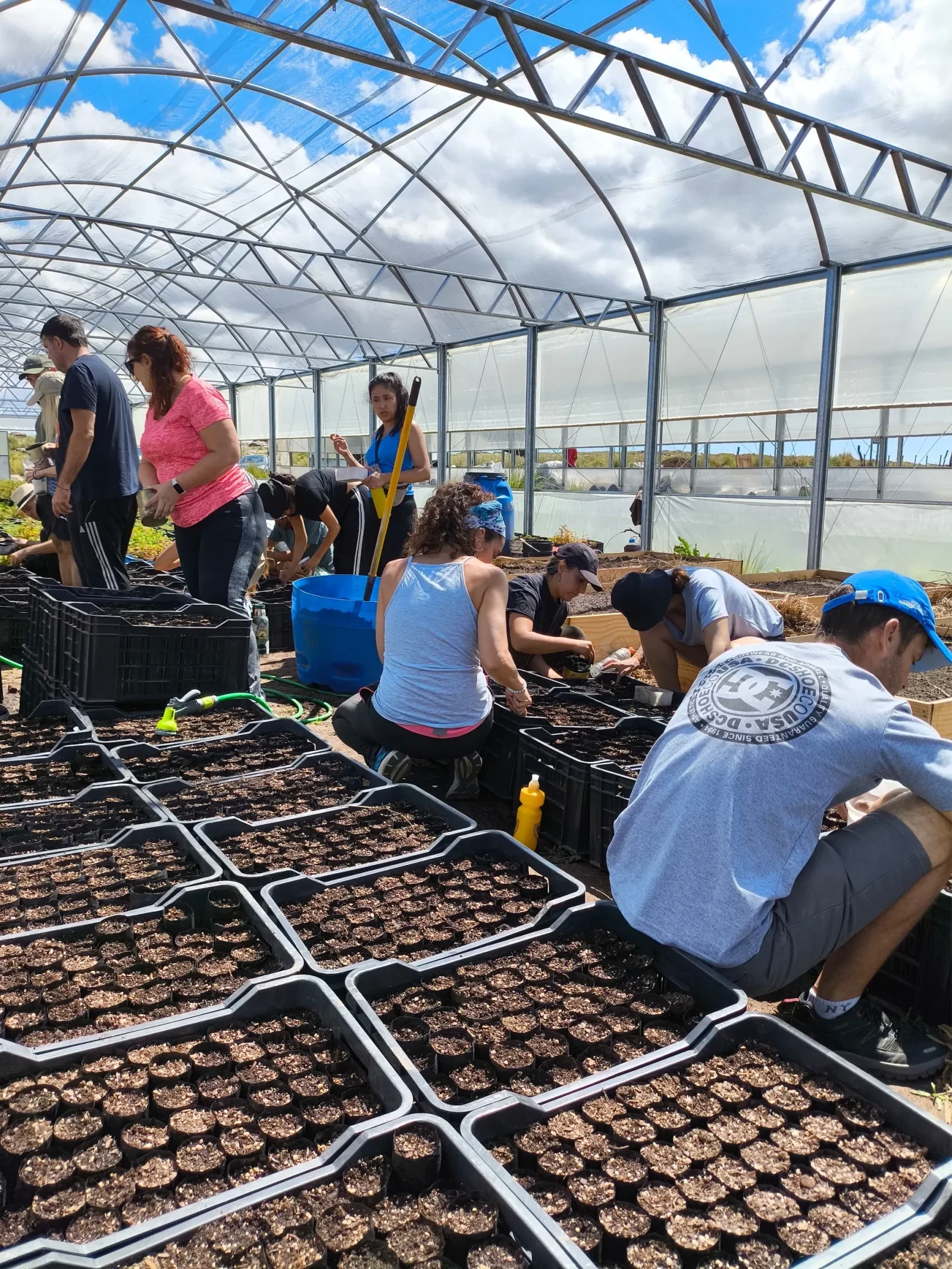
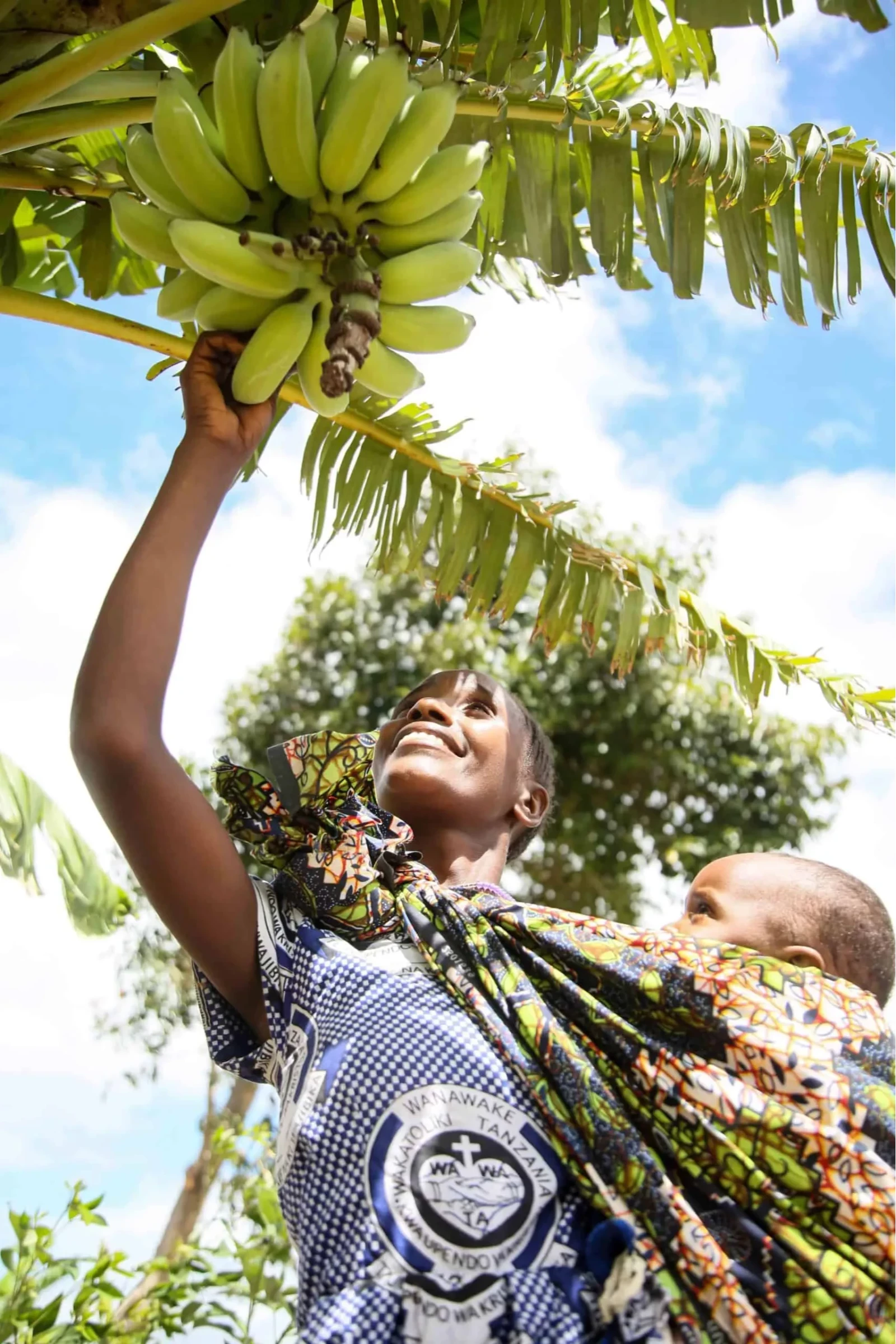
Rebuilding farmlands and lives in Tanzania’s Simiyu Region
In Tanzania’s Simiyu region, overexploitation of land through monoculture farming and deforestation has left the environment degraded and local farmers struggling. But hope is on the horizon with the Forest Garden approach, a unique agroforestry system that restores the land and provides economic benefits to the community.
The Forest Garden method works by strategically integrating multiple layers of vegetation: tall native trees provide shade and improve soil quality, while fruit trees and crops grow beneath them, creating a sustainable, diverse ecosystem that mimics natural forests. This approach draws on generations of indigenous knowledge about local ecosystems, combined with modern sustainable farming techniques.
So far, over 700 farmers have embraced this sustainable model, integrating native tree species with food crops to enhance soil fertility and biodiversity. As farmer Amina Ibrahim shares, “Before the Forest Garden, I could barely grow enough to feed my family. Now my land produces diverse crops year-round, and the trees protect us from drought.”
450 trees were planted as part of this effort, contributing to the restoration of 0.4 hectares of farmland. Each tree captures approximately 50 kg of CO2, and this project will offset 22 tons of carbon emissions, improving food security, boosting local economies, and restoring the environment.
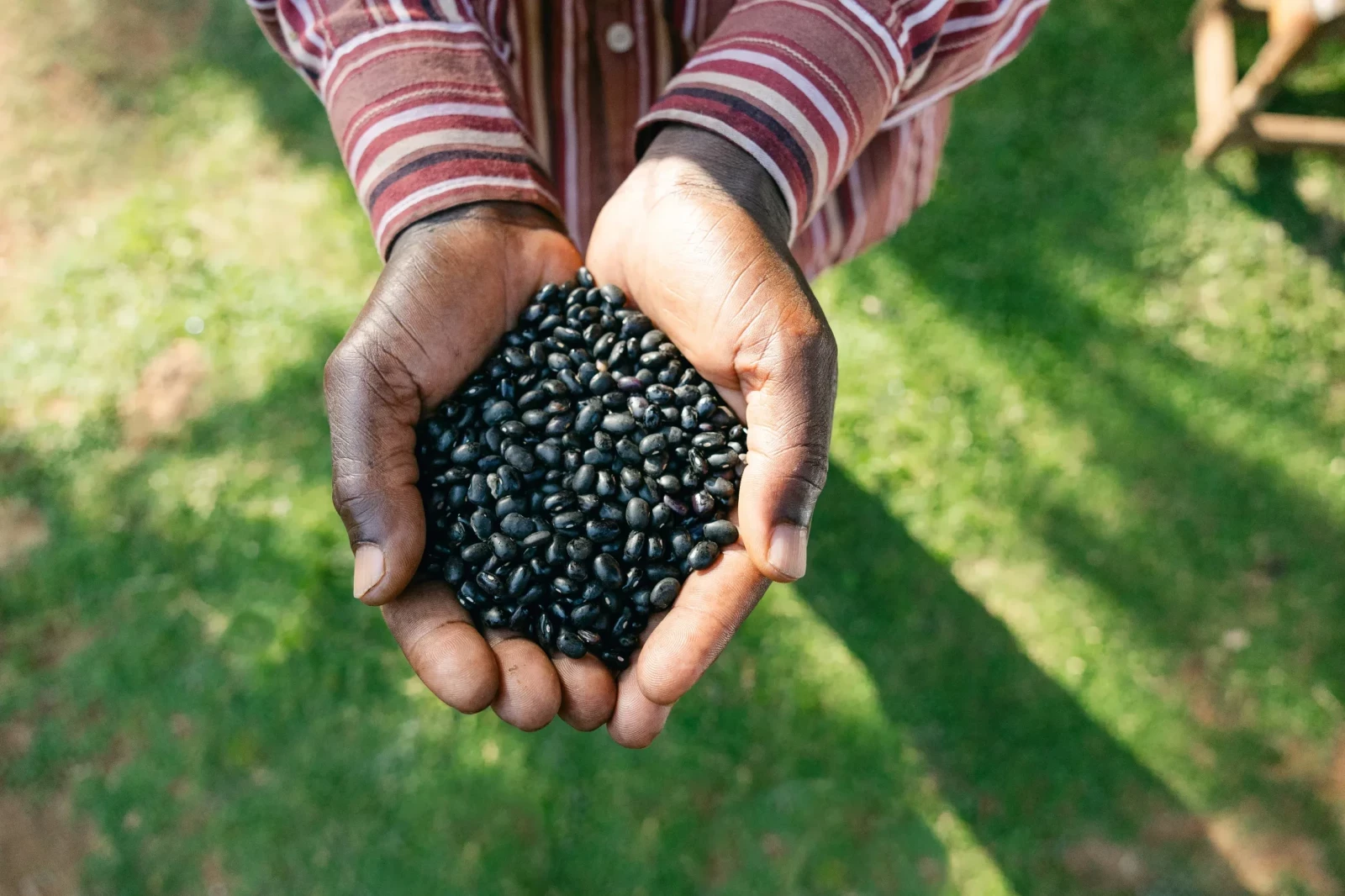
The environmental power of trees: why planting matters
Planting trees isn’t just an Earth Day activity, it’s a vital solution to some of the world’s biggest environmental challenges. Trees are remarkable climate allies: a single mature tree can provide enough oxygen for four people and absorb carbon equal to driving a car 26,000 miles. Their root systems prevent soil erosion, with some extending more than twice the height of the tree itself, helping filter water pollutants before they reach waterways.
Trees are also powerful agents of change for local communities. By restoring ecosystems through reforestation projects, we’re helping to create more sustainable livelihoods, secure natural resources, and protect biodiversity for future generations. There are parallels between our work in breaking down language barriers and the way trees connect ecosystems – both create networks that strengthen communities and build resilience.
How you can join CQ fluency’s Earth Day impact
Earth Day presents an opportunity to take action, but change doesn’t have to be limited to just one day. This Earth Day, we invite you to join our commitment to environmental stewardship in several ways:
- Follow our tree-planting journey on social media with #CQTrees to see the impact of these projects as they develop.
- Consider donating to support additional trees through our partner organization: tree-nation.com.
- Start your own tree-planting initiative in your community, using our resources page for guidance.
- Share this post to spread awareness about the critical importance of reforestation efforts globally.
Let’s commit to making a positive, lasting change by planting trees and supporting global reforestation efforts like those in Argentina and Tanzania. By planting 500 trees and offsetting 23 tons of carbon emissions, we’re planting hope for a more sustainable future for the planet and its inhabitants. Just as a single word can change understanding, a single tree can begin to heal a landscape. Together, we speak the universal language of environmental stewardship.
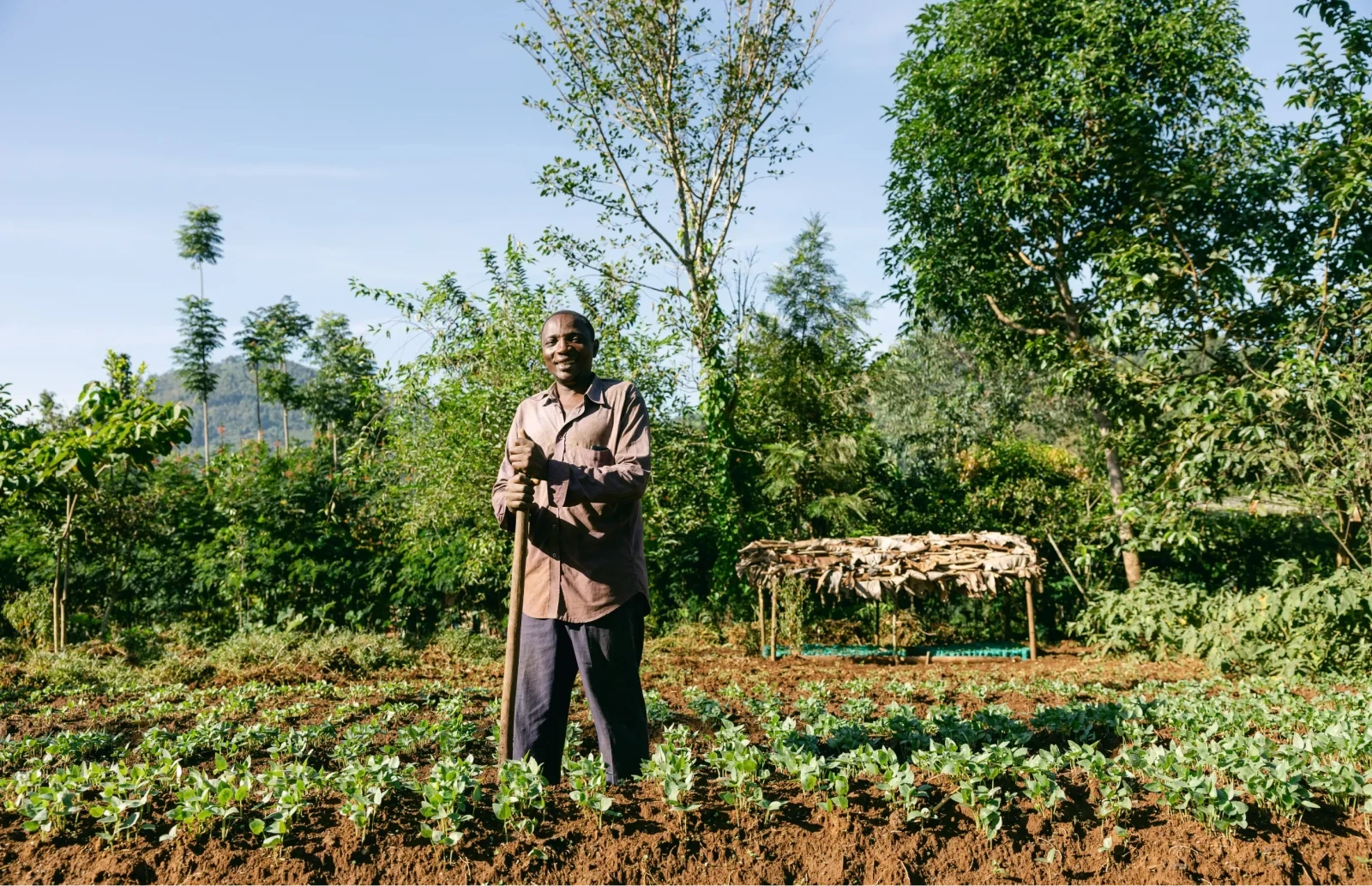
Want to see the impact grow?
Explore our CQ trees page and follow the journey of these reforestation projects. One tree, one action, one future.
